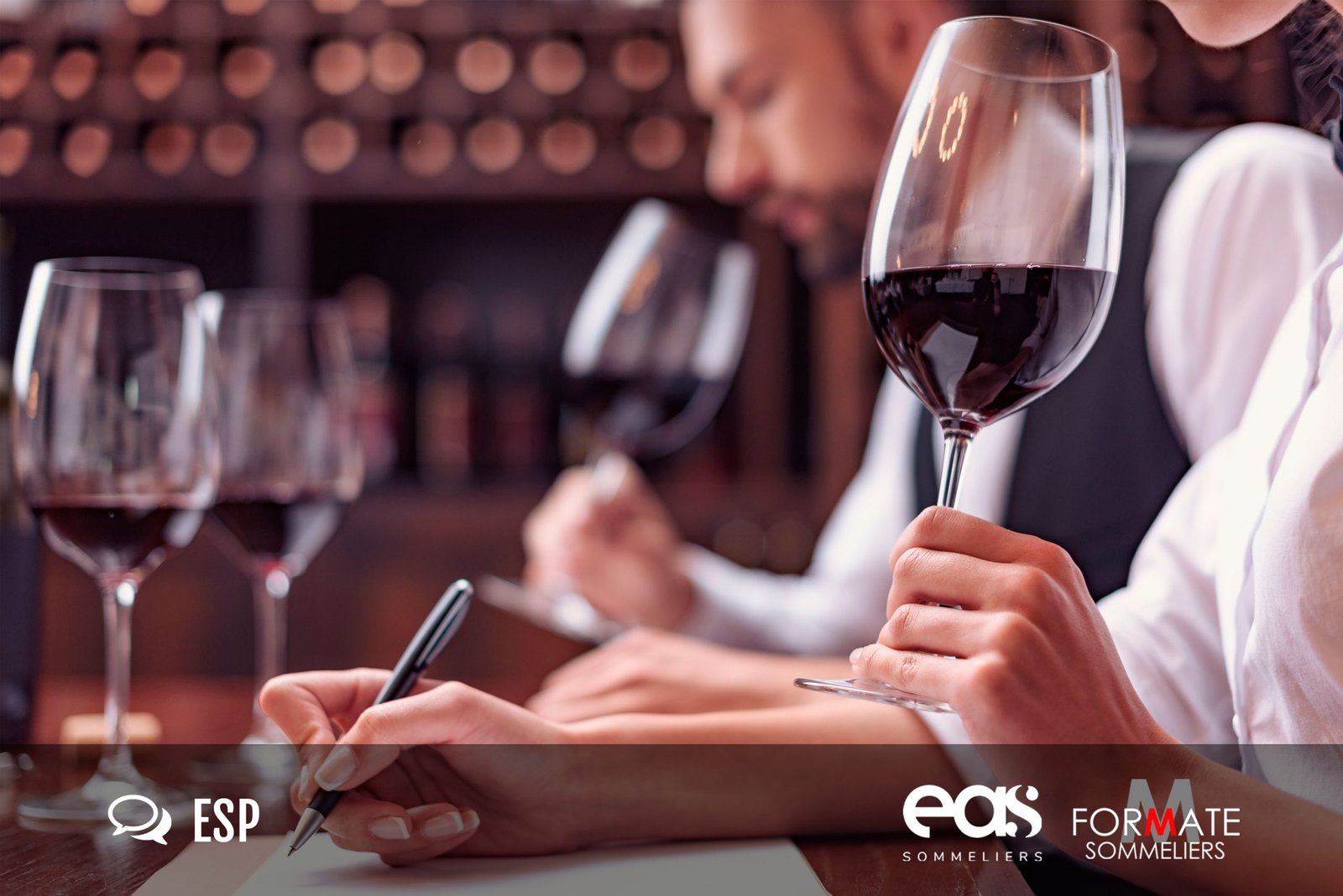Program description
This program addresses the central themes of the sommelier career. The practical aspects of tasting, pairing and serving are presented in an agile and fascinating way.
It also aims to understand what is necessary about viticulture and enology to then cover the geography of all the producing countries of the new and old world of wine, specialty beverages and gourmet products.
The certification diploma of the course is issued by the Escuela Argentina de Sommelier EAS, at the end of the course you must take an exam and pass with a minimum of 60/100.
Title obtained : Sommelier assistant certificate issued by the Escuela Argentina de Sommelier (EAS).
Contents:
The Integral Program is divided into 3 modules with a total of 29 classes, which has a total duration of 6 months in an asynchronous manner, which is divided as follows (see additional information)
In each module you will find a test to assess the understanding of the topics by linking them with operant practice.
ADDITIONAL FEATURES
– 360° tour of Bodega Piedra Infinita (Zuccardi) and La Pirámide de Bodega Catena Zapata.
– Interview with Roberto Cipresso, Matervini winery owner.
– Interview with Alejandro Vigil, winemaker at the Catena Zapata winery, also in 360°.
– Interview with Matias Ciciani, oenologist at Escorihuela winery.




